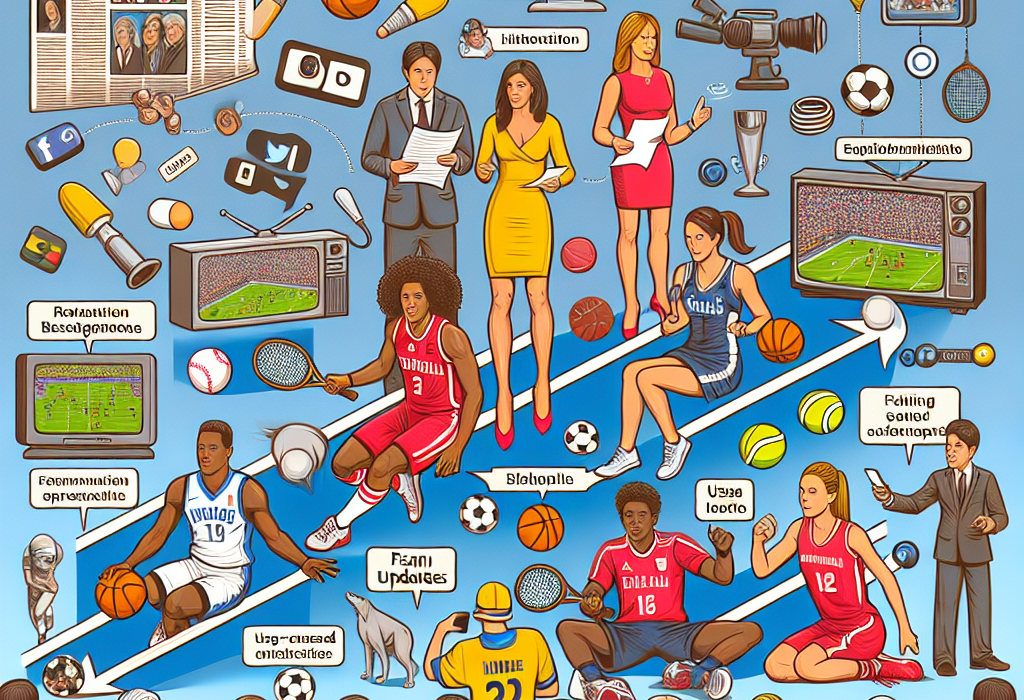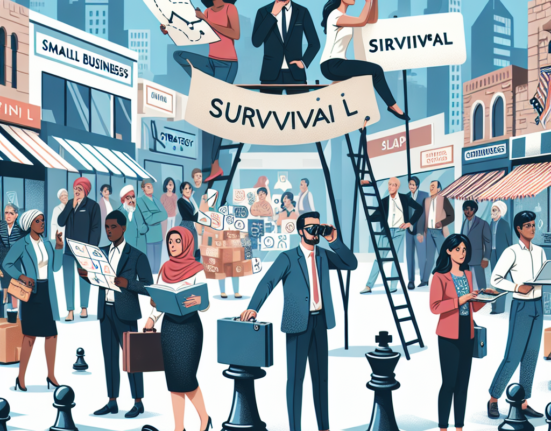Traditionally, sports coverage has been dominated by television networks and newspapers, with fans relying on these outlets to stay updated on their favorite teams and athletes. However, the rise of social media has revolutionized the way sports are covered and consumed, giving fans unprecedented access to real-time updates, player insights, and behind-the-scenes moments.
Social media platforms like Twitter, Facebook, and Instagram have become essential tools for sports journalists, athletes, and fans alike. From live-tweeting games to sharing exclusive interviews and highlights, social media has allowed for a more interactive and dynamic way of following sports.
One of the biggest advantages of social media in sports coverage is its immediacy. Instead of waiting for newspapers to be printed or for a game to be broadcast on TV, fans can turn to social media for instant updates and reactions. Athletes can also use social media to engage directly with their fans, providing a more personal and authentic connection.
In addition, social media has democratized sports coverage, allowing anyone with an internet connection to become a sports journalist or commentator. Fans can share their opinions, analysis, and even break news on social media platforms, often gaining a following of their own in the process. This has led to a more diverse range of voices and perspectives in sports coverage, challenging the traditional media hierarchy.
Furthermore, social media has enabled sports organizations and brands to reach a wider audience and engage with fans in new ways. From sponsored posts to live streams of games and events, social media has become a valuable tool for marketing and promoting sports content. Athletes can also leverage their social media presence to secure endorsement deals and build their personal brand.
However, the rise of social media in sports coverage has not been without its challenges. The spread of misinformation and fake news is a concern, as rumors and false reports can quickly go viral on social media platforms. Additionally, the pressure to constantly produce content and engage with fans can be overwhelming for athletes and journalists, leading to issues of burnout and mental health.
Overall, social media has had a profound impact on sports coverage, transforming the way fans consume and engage with their favorite teams and athletes. From live updates to behind-the-scenes moments, social media has made sports coverage more dynamic, interactive, and inclusive. As technology continues to evolve, it will be interesting to see how social media continues to shape the future of sports coverage.
















Leave feedback about this
You must be logged in to post a comment.